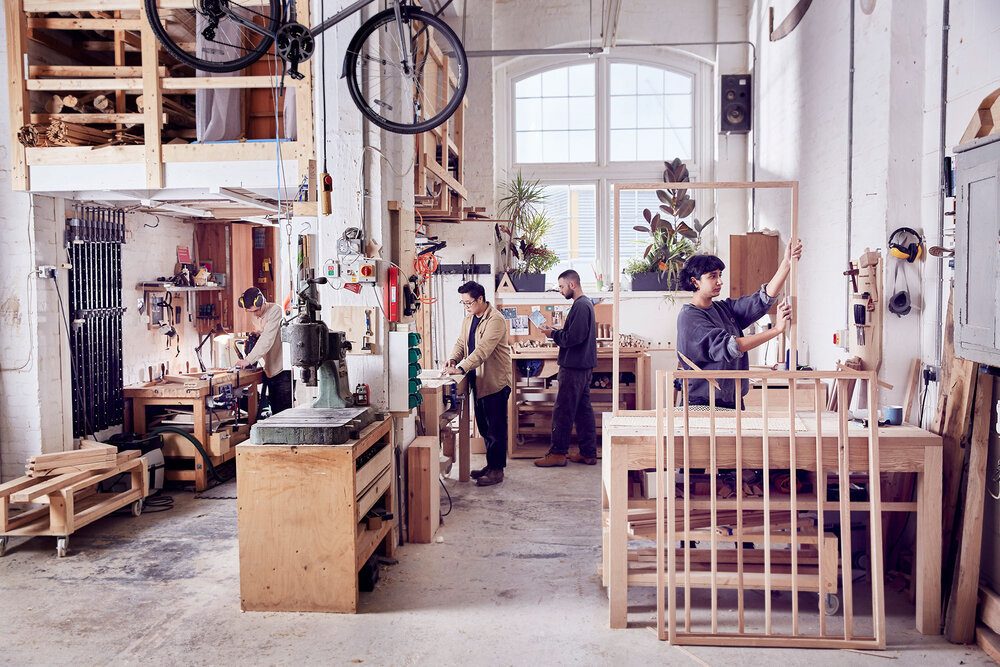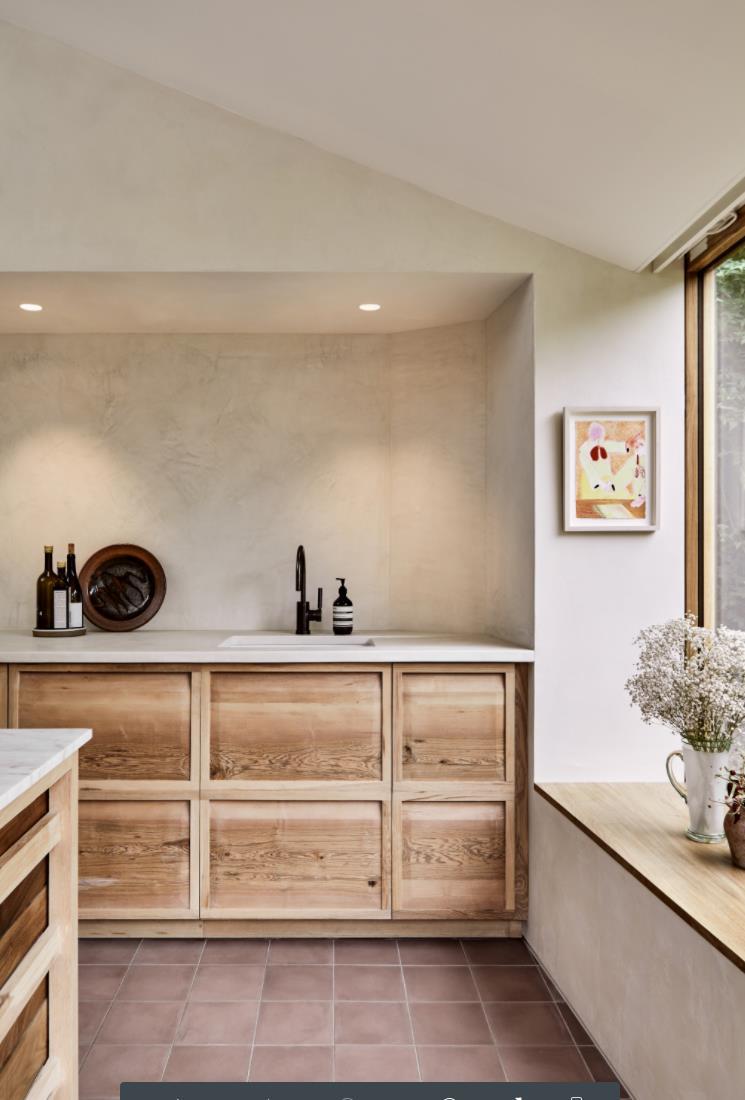Last week, we had the opportunity to visit Sebastian Cox’s studio in South London. We were particularly interested in seeing a spectacular table for a residential client, but we ended up purchasing not just one but two tables!
Sebastian is a furniture designer, craftsman and environmentalist. He is one of Britain’s most talented furniture makers. It was fascinating to be shown around the workshop by Sebastian and his passion for his craft was clear in the way he spoke about his designs. Meeting talented and passionate artisans and makers is definitely one of my favourite parts of my work.
We spotted a spectacular unprocessed board of waney edge oak and couldn’t resist! We ended up commissioning Sebastian for an extra table.
Sebastian’s South London studio is amazing. It is a bright and airy space with a young team, full of creativity and extraordinary pieces in the making for different clients. Some pieces are more modern (as is his preference), while others are more classic.
He told us that sometimes he buys wooden pieces just because he loves them, without a specific use in mind, and sometimes clients bring in their own trees from their woodlands, fallen trees or trees that need to be cut.
His workshop produces heirloom furniture, lighting and home accessories and collaborates with other material experts, brands, interior designers, manufacturers and retailers who share his vision for a regenerative material future.
We are very excited to be working with Sebastian!
Sebastian’s designs are underpinned by a nature-first perspective, designing furniture in his zero waste, carbon counting workshop. Working exclusively with British wood, the majority of their materials come from two family-run timber yards in the South of England who source most of their stock within 100 miles of their businesses.
Each piece Sebastian designs is given a ‘Life Cycle Assessment’ to tangibly measure the environmental impact of their work. Through this assessment, they can give products a carbon value. Their mission is to store 100 tonnes of CO2 in the wooden objects they make each year, holding that carbon in people’s homes, community spaces and workplaces, while the woodlands regenerate, recapturing carbon and boosting biodiversity. Through advocacy and action, they hope to double the area of woodland and wild land in the UK by 2040, demonstrating how such a powerful natural resource can be used.











